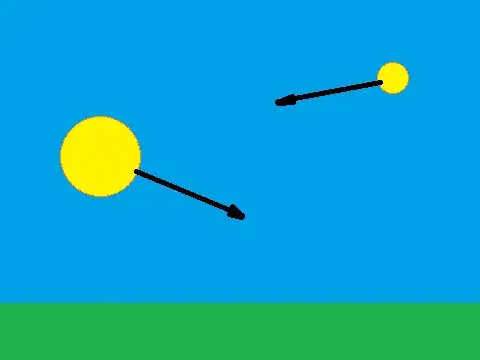No,
In a circumbinary configuration the two stars are close together and close to the common centre of mass, and the planet moves in a wide orbit about both.
From the perspective of a planet, the motion of the star (or stars) is due to the rotation and orbit of the planet, and secondarily due to the actual motion of the stars relative to their centre of mass. Think how the sun moves daily from East to West (due to the rotation of the Earth) and yearly relative to the background stars (due to the orbit of the Earth). Your two suns will have the same basic motions.
The two stars will have similar motions, daily (due to the rotation of the planet) and annually (due to the orbit of the planet).
In addition the two stars will be in orbit around each other, as a result of this orbit they will move sometimes further apart from each other in the sky and sometimes closer together.
So if the planet has an Earth-like rotation, you would see the two suns rising, moving across the sky and setting close together. If you watched over several days you would notice that they moved closer together and then further apart. The length of this cycle could be more or less, but would typically be about a week. Over the course of the planet's "year" the two stars would move together across the background stars.
The further apart the two stars are, the slower their orbits will be. So if the two stars are able to move quickly in the sky, they would have to be very close to one another. And so could not be widely separated. Indeed, if the two stars appear widely separated, it makes the circumbinary orbit difficult to maintain. Stability of a circumbinary orbit depends on the two stars being close together.
A configuration in which the two stars are widely separated in the sky and then, over the course of a day come closer together and set together is not dynamically possible.
